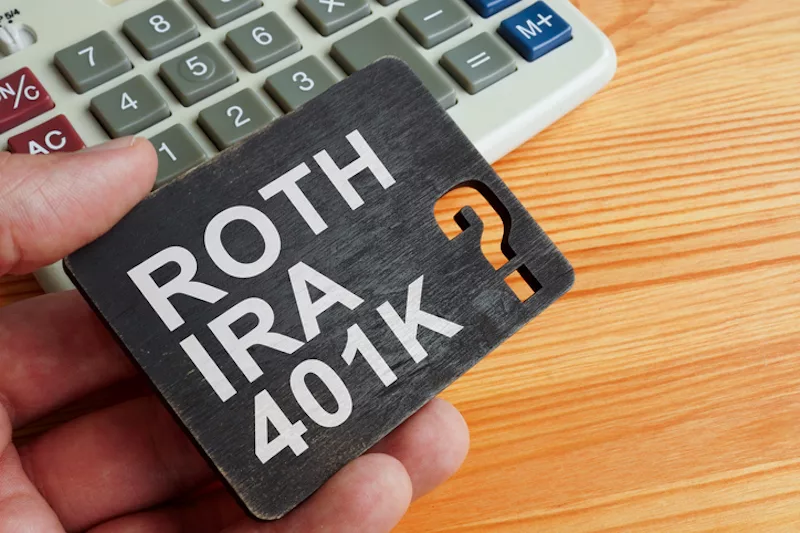
Planning for retirement is a part of life that isn’t glamorous but is essential to living with some sense of security. There are many concepts related to tax burdens and contribution limits that can seem daunting to understand at first, but in reality, it’s easier to understand than you’d think. The Roth 401k is a good example of that, as it is a form of an employer-sponsored retirement account that can minimize your overall tax burden on retirement. In brief, it’s a way to save money now to ensure you have the most money you can get when you retire.
How a Roth 401k Works
In many ways, a Roth 401k acts like a regular 401k. You work for a company that sponsors a retirement program with an investment firm. You redirect a portion of your paycheck to your retirement account instead of your bank account. The investment firm manages it, and you can withdraw the funds when it’s time to retire. The biggest differences between a Roth 401k and a traditional 401k become clearly visible when you consider what part of your money is getting taxed and when it gets taxed. Those two considerations make all the difference.
In a traditional 401k, the money is deducted from your check as a pre-tax deduction. The money goes into your retirement account, and you don’t pay any taxes on it this year. As far as the IRS is concerned, you’re paying taxes this year as if you didn’t make that money at all. As the investment firm manages your fund and you continue to add to it, it will hopefully continue to increase in value. When it comes time to retire, you can cash in on your retirement account, but now it’s time to pay the piper. All the money you withdraw during retirement will be taxed as ordinary income. So, if you had put in $10k and it became $40k through wise investments, you have to pay tax on the entire $40k as you withdraw it.
In a Roth 401k, on the other hand, the money is deducted post-tax. You’ll pay the tax on that money now, and then it goes into the retirement account. You’ll be able to put less in upfront, but the biggest difference comes when you retire and attempt to withdraw the funds. As far as the IRS is concerned, you paid all the required taxes for that retirement account when you invested it in the first place. Therefore, if you put in $10k post-tax (and went out to eat a bit less frequently during your working life), that $40k can now be disbursed to you tax-free.
Do You Want a Roth 401k?
Yes, absolutely, yes. Historical trends have shown that stocks and retirement investments tend to float in some manner with inflation. It’s not a one-to-one relationship, and the investments can outpace inflation, but their face value continues to rise over time — even for those that underperform. Therefore, you’ll be paying a larger amount of taxes on the higher amount of funds in your account if you rely exclusively on a traditional 401k.
Unfortunately, there are limits on the amount you can contribute to a 401k, whether it is Roth or traditional. These limitations are set by the federal government and mean that most frugal investors preparing for retirement cannot actually amass the funds they need in a single retirement account. This difficulty highlights the benefits of a Roth 401k: it has a separate contribution limit, meaning you can squirrel away nearly twice as much money per year into retirement accounts that protect you from capital gains taxes.
In many ways, the Roth 401k is superior if you expect your investments to gain in value (which they likely will), but it doesn’t have to be an either/or proposition. The best solution is to put money away into both a traditional 401k and a Roth 401k. You can receive benefits from both and increase your protection against taxes during your retirement years. As you will be living on a fixed income after retirement, any moves you can make today that reduce your tax burden may make your life much less stressful overall.
By Christopher Gallagher
Christopher has consulted with experienced financial advisors regarding the best ways to save for retirement. He has held a significant portion of his retirement funds in both a traditional and a Roth 401k since the opportunity became available to him.

